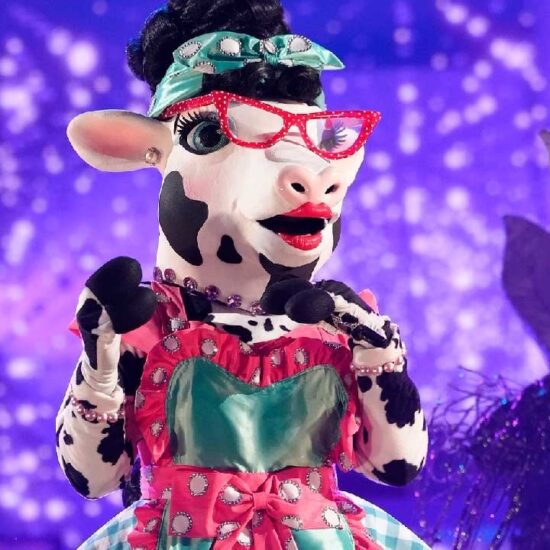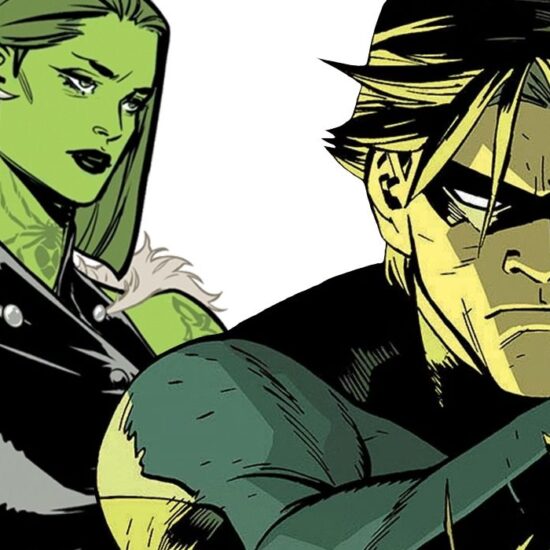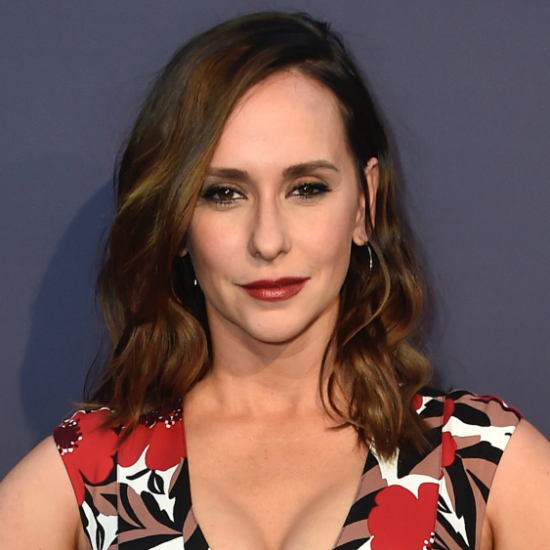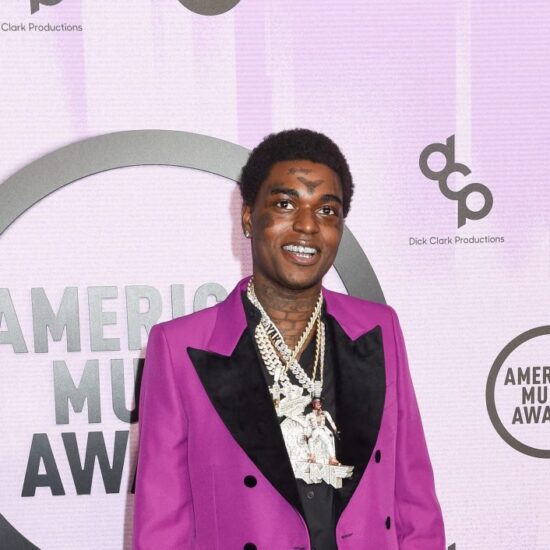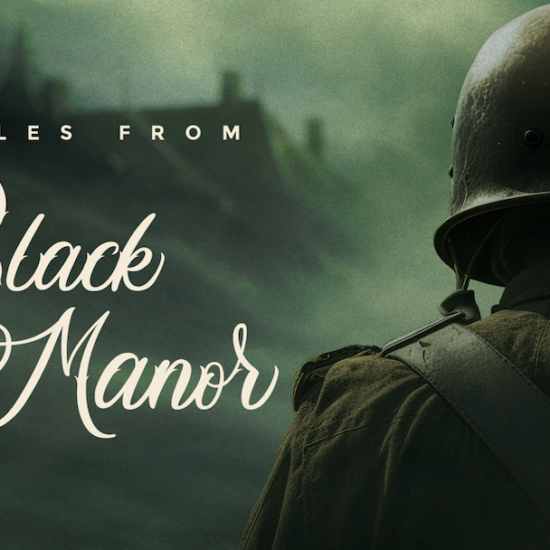
The Black Power movement never escaped the outrage that birthed it. Even now, decades after its heyday has passed, Black Power is remembered for its anger. The iconic photos of the movement are often severe: urban unrest, Black Panthers in berets and leather jackets, fists clenched and mouths open in protest. Angela Davis, the Black Power activist launched to prominence during her two years as a political prisoner, has said that images of her from that time period show her either “as a conspiratorial and monstrous Communist (i.e., anti-American) whose unruly natural hairdo symbolized black militancy (i.e., anti-whiteness)” or as “a charismatic and raucous revolutionary ready to lead the masses into battle.” Images of Davis as either a danger or a hero accentuated her militancy. Both sets of images, she wrote in a 1994 essay “Afro Images: Politics, Fashion, and Nostalgia,” left her wanting: “violated on the first account, and deficient on the second.”
Rather than outrage, however, the emotion most befitting Black Power is love. Certainly, Black Power marked a more radical approach to the freedom pursuit than what many civil rights activists demanded. Emerging out of the work left undone by the civil rights movement, Black Power asserted the centrality of shifting the terms of order—of changing who had power and how power was expressed. An ambitious blend of sacrifice and determination, love was the key dimension allowing Black Power activists to struggle against powerful interests that opposed them.
Beginning in the 1960s and lasting until at least the 1980s, Black Power was both a paradigm and a movement. It focused on transforming the nature of power in the United States precisely because it began where the civil rights movement stalled: after the Civil Rights and Voting Rights acts had been signed but when racism still defined U.S. institutions of housing, education, healthcare, and law. Black Power advocated self-determination and solidarity, encompassing everything from food cooperatives to prison rebellion, labor organizing, and reproductive justice. Across these divergent issues pulsed a beating heart of love for Black people and for the possibility of change.
Love has long been associated with Christian pacifist tradition, an unquestionably large influence on the Southern civil rights movement that Black Power is often said to have displaced. But the love I speak of here is not turn-the-other-cheek endurance. I refer instead to the love that characterizes Black politics. The late political scientist Cedric Robinson observed that from slavery to the present, the history of Black radicalism has been characterized by “the absence of mass violence.” Even the more militant outbursts—19th century slave rebellions, 20th century urban uprisings—did not utilize indiscriminate violence. The philosopher Cornel West has said that “justice is what love looks like in public.” Feminist bell hooks wrote a trilogy about love, and spoke of it often as the foundation of pedagogy and ethics.
While some proponents wished to tether Black Power to indignation, it was a love of freedom that most animated the Black Power movement. Angela Davis offers one telling example. In 1970 at age 26, Davis found herself on the FBI’s Ten Most Wanted List and facing a possible death penalty. The reason was that Jonathan Jackson, the 17-year-old brother of a California prisoner named George Jackson (who Davis had first befriended and then betrothed), had used guns registered to Davis in an ill-fated attempt to free three San Quentin prisoners from a Marin County courtroom. The younger Jackson, who had served as Davis’s bodyguard following a rash of death threats against her, and two of the prisoners were killed along with a judge when police opened fire on the group as they attempted to escape. The prosecution alleged that Davis’s love for the charismatic George Jackson led her to plan a deadly raid that sacrificed Jackson’s brother and several others.
While Davis objected to having her love deemed a criminal conspiracy, she never denied her love for George Jackson. She embraced it as proof of the legal system’s illegitimacy. In a dazzling legal display, her attorneys turned a love letter between the two paramours into a poem to underscore how love, not violence, bound them. She was acquitted on June 4, 1972. Beyond the trial, the global campaign to “Free Angela Davis and All Political Prisoners” demonstrated love in the form of solidarity. Millions of people who did not know Davis personally, shared their love for her and what she represented—a free Black woman in America.
That same spirit could be found across Black Power’s foreign policy, where love allowed activists to extend themselves in service of people they’ve never met, in lands they’ve never visited. Far more than the civil rights movement, Black Power identified itself as part of a global phenomenon. Inspired by a long history of transnational Pan-Africanism, Black Power activists placed the condition of African Americans alongside that of the world’s nonwhite majority. By the time the civil rights group Student Nonviolent Coordinating Committee (SNCC) committed itself to Black Power, the organization had issued a strong statement against the Vietnam War and began developing a Black anti-draft network. Its anti-war activism helped push Dr. Martin Luther King Jr. to issue his own condemnation of the war. Three weeks later, champion boxer Muhammad Ali refused induction into the military. He also refused the idea that he had two choices “either I go to jail or go to the Army. There is another alternative,” the athlete said, “and that alternative is justice.” While Dr. King and Ali were following their separate consciences, SNCC’s work created a pivotal convergence and context for their actions.
Read More: How The Black Panther Party Inspired a New Generation of Activists
Justice, then, was love not only in public but across borders. The Black Power movement expressed its solidarity with the effort to rid the world of racial violence. The war in Vietnam was a potent spark lit alongside the rise of Black Power in the mid-1960s. But global solidarity was an enduring flame throughout the Black Power era. Events in southern Africa—from the Soweto Uprising against apartheid in South Africa to revolutions and civil wars throughout the region—burned brightest in the Black radical consciousness throughout the 1970s and 1980s. U.S. political and economic support enabled South Africa’s apartheid regime, while Cold War prerogatives routinely positioned the U.S. in opposition to self-determination in neighboring countries. Black Power organizers led campaigns encouraging U.S., companies, non-profits, and universities to divest from South Africa. Black Americans recognized in the anti-apartheid movement something of their own effort to eradicate white supremacy. The 1978 Southern Africa Summer, which brought high school and college students to Philadelphia for an immersive training in anti-apartheid campaigning, took inspiration from the Mississippi Freedom Summer effort that proved critical in toppling Jim Crow.
The Black Power movement was based on love because it had to survive so much heartbreak. As factories fled cities and politicians targeted the social safety net, Black urbanites were fed into the maw of unemployment, police brutality, and mass incarceration. The combination left a stiff body count. George Jackson, 29 people incarcerated at Attica plus ten guards, and too many others were killed in jails and prisons around the country at the exact moment when America’s incarceration rate began its meteoric rise. Bunchy Carter, Fred Hampton, and two dozen other Panthers were killed—most by police—while dozens more were incarcerated for years, decades, or lifetimes. Some activists died under mysterious circumstances, like Ralph Featherstone and William “Che” Payne, two SNCC activists who perished when a bomb exploded in their car. In a two-year period beginning in 1979, 28 Black children and adolescents were kidnapped and killed in Atlanta while an unknown assailant murdered 11 Black women in Boston. New York police killed 10-year-old Clifford Glover, 66-year-old Eleanor Bumpurs, and many more in between. Yet the lack of accountability for police only worsened. Under Philadelphia’s first Black mayor, the police dropped a bomb on a house occupied by an idiosyncratic radical group called MOVE and let the fire destroy a square block in a Black neighborhood in West Philadelphia. The only person incarcerated for the incident was Ramona Africa, the lone adult MOVE member who survived the bombing.
And yet, Black Power’s foot soldiers remained focused on a better future. Jamal Joseph was just 16 years old when he joined the Black Panther Party in New York City after Martin Luther King’s assassination. Expecting to be given a gun and ammunition and sent to battle the police, Joseph was surprised to be handed spatula and diapers and sent to care for children utilizing the Black Panther’s community programs. Black Power provided the auspices through which people worked to better the world as well as their own lives. Black radicals in the U.S. were not just rushing to aid disenfranchised people in the Third World but eager to learn alongside them about transformation, survival, and perseverance. And what else but love can describe the generosity of spirit displayed in fighting for and alongside people you’ve never met? Love—for people, for struggle, for the possibility of transformation—is where we seek to unify what we believe with what we do, to bring our best selves in service of another.
Love can be a source of hardship and exhaustion, of pain and loss, of sacrifice and redress; nevertheless, it regenerates. It is the impulse to keep going. Black Power is a love story—not just between people in a romantic sense, but among people who unite in pursuit of an evolving and expansive sense of freedom. Like any social movement, Black Power was made by masses of people whose names have largely not been recorded by history but who, dissatisfied with injustice and alive to the possibility of freedom, chose to act and learn and keep acting still. And in doing so, they choose love.
More Must-Reads From TIME










